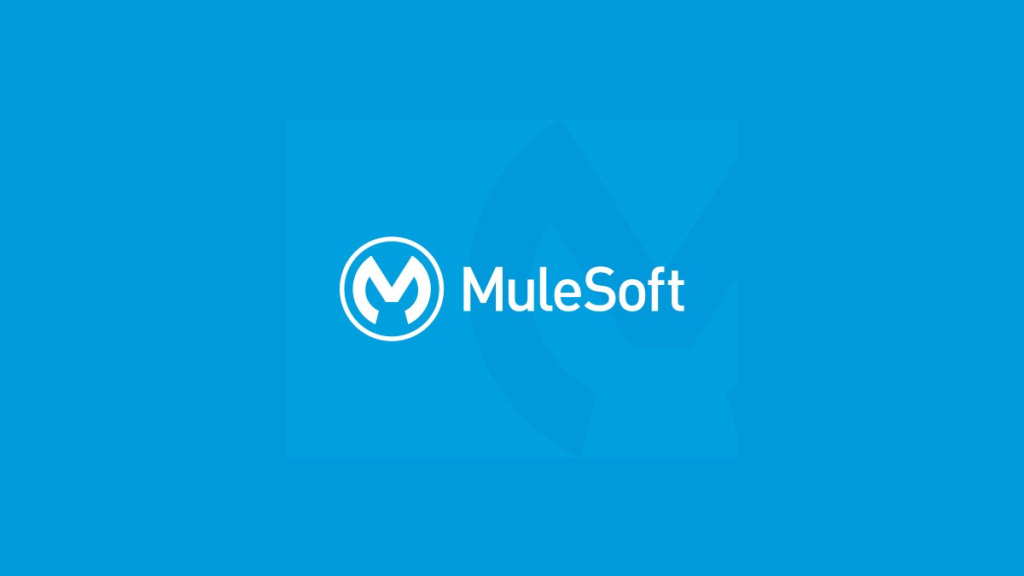Introduction
In today’s rapidly evolving digital world, organizations face the challenge of integrating diverse applications, systems, and data sources. This is where MuleSoft steps in as a powerful solution, offering a comprehensive integration platform that enables seamless connectivity and data exchange across the enterprise. In this blog post, we will explore the benefits, features, and best practices of MuleSoft, empowering you to unlock its full potential for your business.
Streamlining Business Integration with MuleSoft
What is MuleSoft?
MuleSoft is a leading integration platform that facilitates the connection of applications, systems, and data sources, allowing organizations to achieve a unified and connected digital ecosystem. It provides a robust framework for building, managing, and monitoring integrations, enabling enterprises to streamline their operations and deliver exceptional customer experiences. Join MuleSoft Training and become an expert.
Key Features and Benefits of MuleSoft
- Integration Capabilities: MuleSoft offers a wide range of connectors and APIs that simplify the integration process. Its Anypoint Platform allows businesses to connect applications, services, and APIs seamlessly.
- Application Programming Interfaces (APIs): MuleSoft’s API-led connectivity approach promotes reusability and agility. It empowers organizations to create, manage, and share APIs, enabling faster and more efficient development cycles.
- Data Integration and Transformation: MuleSoft enables the integration and transformation of data from various sources. Its data mapping and transformation capabilities ensure data consistency and compatibility across systems.
- Scalability and Reliability: With MuleSoft, businesses can handle high volumes of data and transactions efficiently. Its scalable architecture ensures optimal performance even during peak loads.
- Real-Time Connectivity: MuleSoft facilitates real-time data exchange, enabling organizations to make informed decisions based on up-to-date information. This enhances operational efficiency and agility.
- Security and Governance: MuleSoft provides robust security features, including encryption, authentication, and authorization, ensuring the integrity and confidentiality of data throughout the integration process. It also offers comprehensive governance capabilities for managing APIs and integrations effectively.
Use Cases of MuleSoft
- Application Integration: MuleSoft enables seamless integration between various applications, such as CRM systems, ERP software, and marketing automation tools. This ensures data consistency and eliminates manual data entry, enhancing productivity and reducing errors.
- Data Synchronization: Organizations often have multiple data sources, such as databases, cloud applications, and legacy systems. MuleSoft enables data synchronization, ensuring that data is up to date across all systems, leading to better decision-making and improved operational efficiency.
- Omnichannel Customer Experience: MuleSoft facilitates the integration of customer-facing systems, such as websites, mobile applications, and customer support platforms. This enables organizations to provide a unified and personalized customer experience across multiple channels.
- Cloud Integration: MuleSoft simplifies the integration of cloud-based applications, allowing businesses to leverage the benefits of cloud computing while ensuring seamless connectivity with on-premises systems.
Check out this MuleSoft Tutorial today.
Best Practices for Implementing MuleSoft
- Define Clear Integration Objectives: Clearly identify your integration goals and define measurable success criteria. This will help you align your integration strategy with your business objectives and ensure a focused implementation.
- Adopt API-Led Connectivity: Embrace the API-led connectivity approach promoted by MuleSoft. Design APIs that encapsulate core business functionalities and promote reuse across various integration projects.
- Ensure Data Quality and Governance: Establish data quality standards and governance processes to maintain data integrity and consistency throughout the integration process. This includes data mapping, transformation, and validation.
- Implement Monitoring and Analytics: Monitor your integrations in real-time to identify and address any performance or connectivity issues promptly. Leverage MuleSoft’s built-in monitoring and analytics capabilities to gain actionable insights.
- Foster Collaboration and Knowledge Sharing: Encourage collaboration between development, operations, and business teams. Foster a culture of knowledge sharing and provide training to ensure all stakeholders understand the benefits and best practices of MuleSoft.
Conclusion
MuleSoft empowers organizations to overcome the challenges of integrating disparate systems, applications, and data sources. By leveraging its robust integration capabilities, businesses can streamline their operations, enhance data exchange, and deliver exceptional customer experiences. Embracing MuleSoft as a strategic integration platform positions organizations at the forefront of the digital era, enabling them to thrive in an increasingly connected world.




